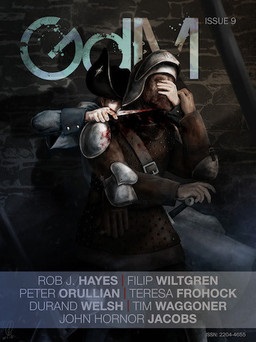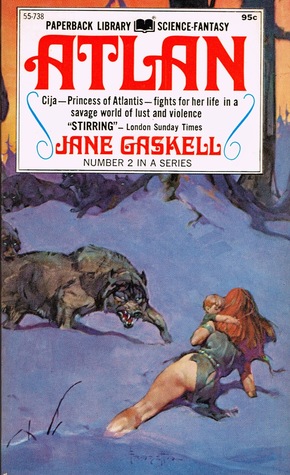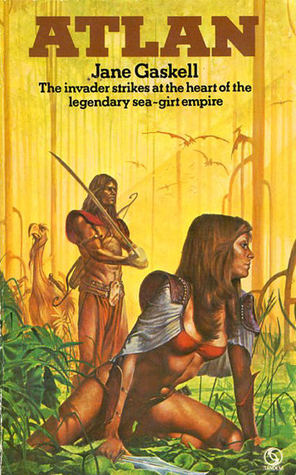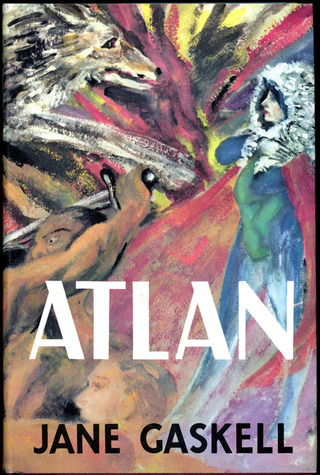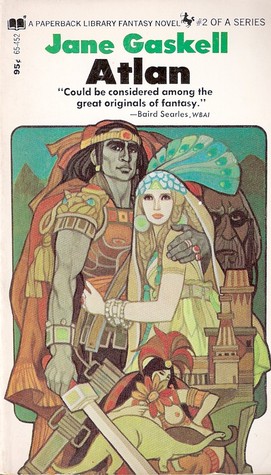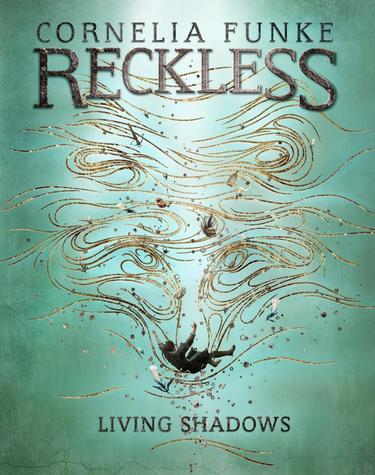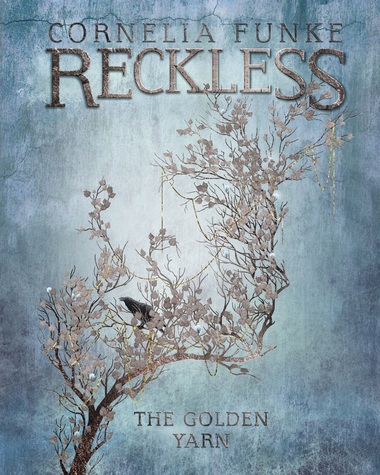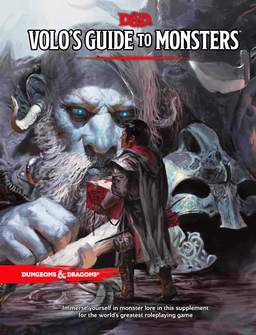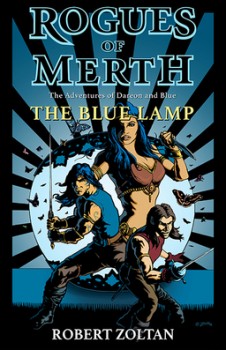The Complete Carpenter: Assault on Precinct 13 (1976)
 Welcome back to this eighteen-part series examining the theatrical movies of one John Carpenter, master genre auteur and gift to movie lovers everywhere. Today we bear witness to the director’s first foray into professional filmmaking, shooting on a schedule and a budget. It’s called Assault on Precinct 13, and I don’t mean to spoil this up front for you, but it is a-ma-zing.
Welcome back to this eighteen-part series examining the theatrical movies of one John Carpenter, master genre auteur and gift to movie lovers everywhere. Today we bear witness to the director’s first foray into professional filmmaking, shooting on a schedule and a budget. It’s called Assault on Precinct 13, and I don’t mean to spoil this up front for you, but it is a-ma-zing.
The Story
Precinct 9 (not actually 13) in the fictional South Central L.A. neighborhood of Anderson is due to shut down as its operations relocate. Newly promoted Lt. Ethan Bishop (Austin Stoker) receives the assignment of babysitting the meager staff staying overnight in the building for the final bits of housekeeping.
What should be a quiet evening detail goes bloodily wrong when the precinct turns into an epicenter of urban warfare. Heavily-armed multicultural gang Street Thunder targets civilians for death, but after they splatter-kill a little girl (Kim Richards), her enraged father Lawson (Martin West) shoots one of the gang warlords in retaliation. Fleeing Street Thunder’s fury, Lawson takes shelter in the precinct — unaware there isn’t much help available there. The gang descends on the building with the intent to massacre everyone inside. As Street Thunder’s legions crash in waves against the precinct, Lt. Bishop joins forces with two criminals in the holding cells, Napoleon Wilson (Darwin Joston) and Wells (Tony Burton), and station secretary Leigh (Laurie Zimmer) to attempt to survive the night until relief arrives.
The Positives
John Carpenter has a handful of cinematic masterpieces to his credit, and on only his second outing — his first professional production — he bags one. Although Dark Star has charm and shows an emerging talent, nothing in it prepares for the assurance and mastery on display in Assault on Precinct 13. John Carpenter directed the hell out of this movie, taking a laughable budget of $100,000 and a few weeks of shooting to create something glorious and perennial. It’s one of the finest movies of the director’s long career, and as smashing an action-thriller as anybody could make. Each time watching it is a jolt of how effective the art of cinema can be.
